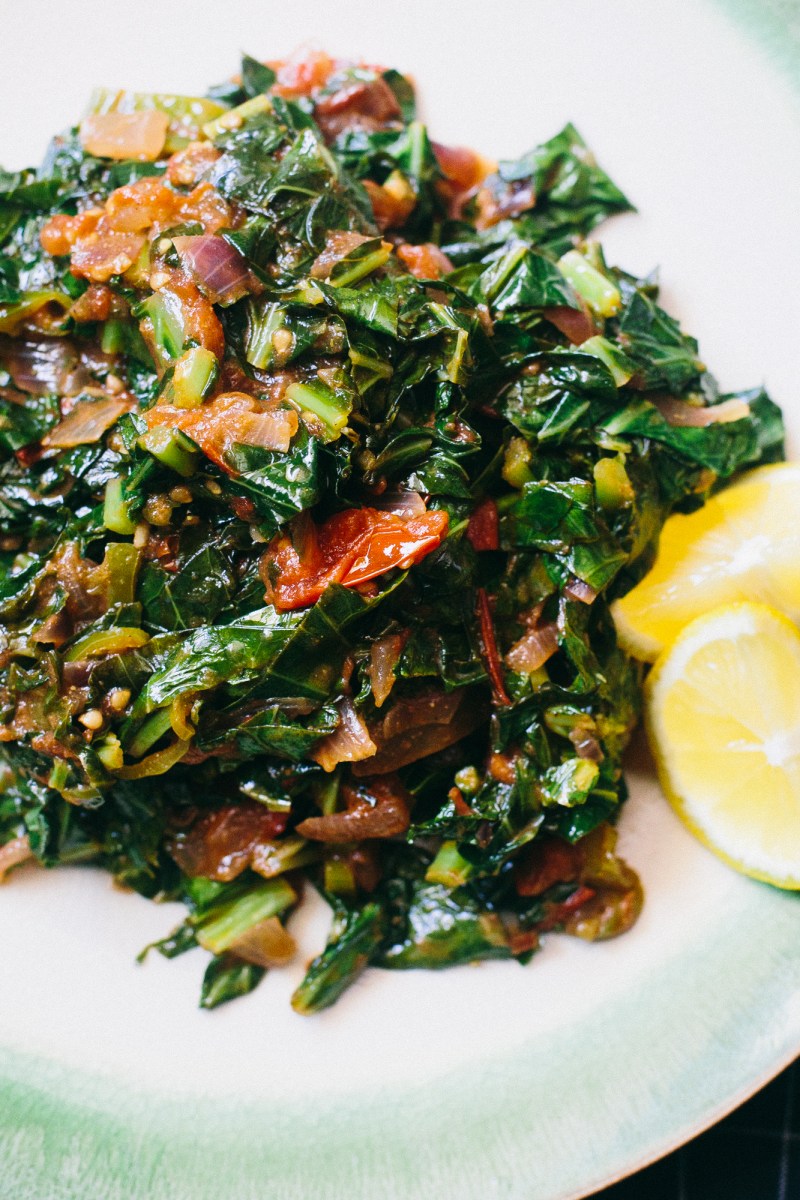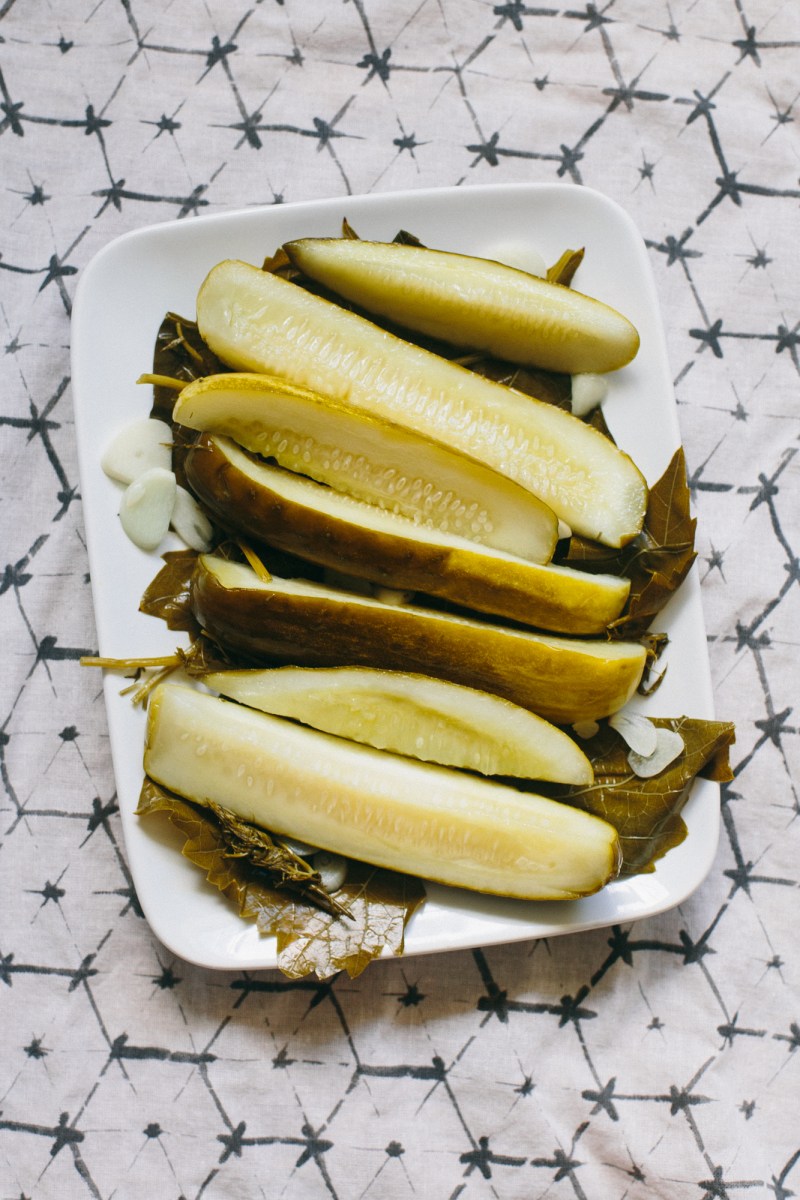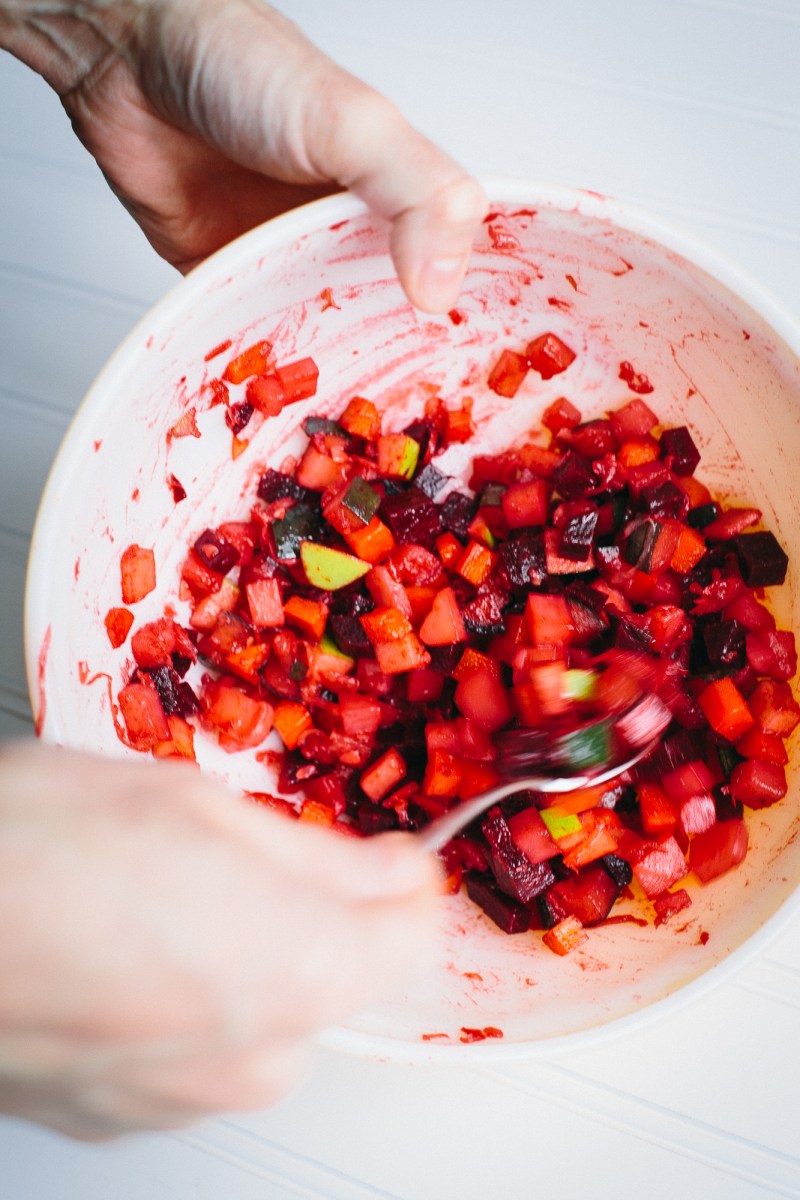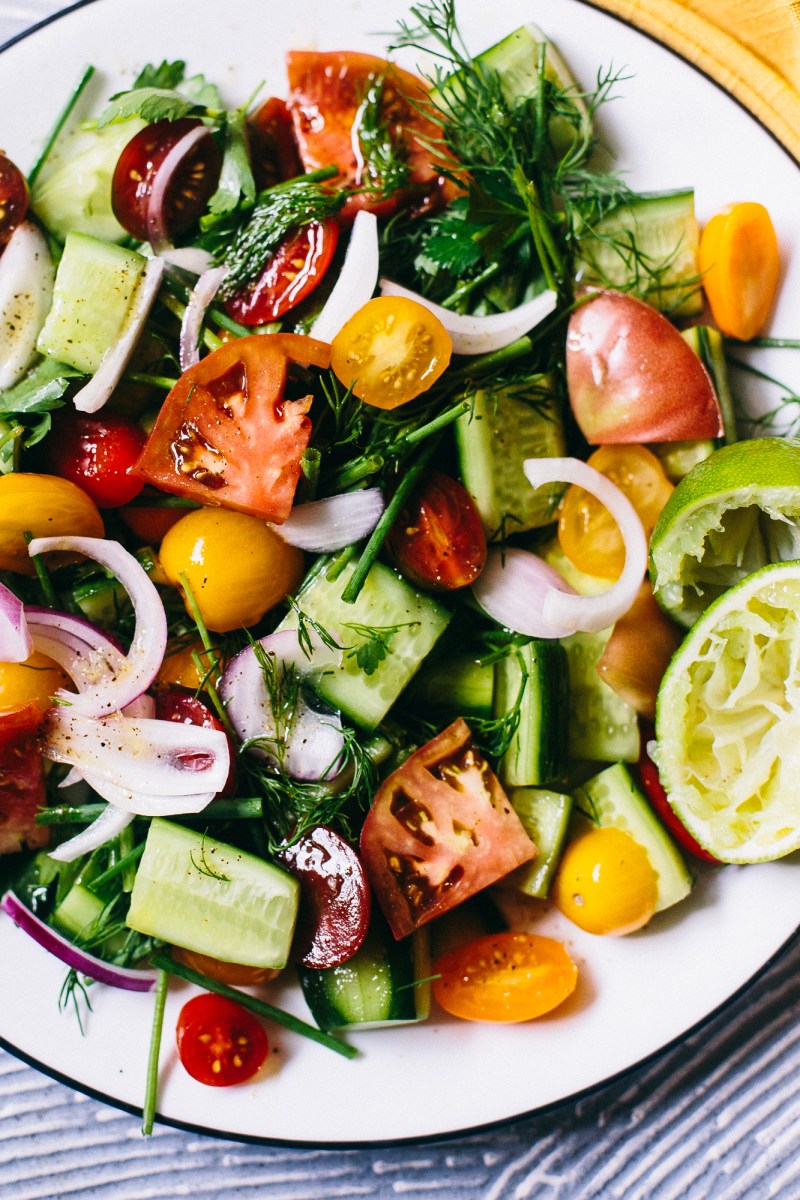
The other weekend, I was killing it in the kitchen. I had just finished off development and photos for a couple new recipes (my recent Curried Beef Stew and Garlic Smashed Potatoes dishes), and I was digging into two new creations: this week’s Skillet-Roasted Winter Vegetables, and next week’s Center-Cut Pork Rib Roast. Everything was going well, and my timing was just right – the dishes were going to finish just as the afternoon sun would be in the perfect position for photos.
But as anyone who’s visited Florida can attest, the weather can change in a blink of an eye. Case in point was this day, because in the course of a few minutes, my early afternoon sunshine transformed into a late evening sky, just as a tornado watch warning chimed on my phone. Clouds rushed in, winds gusted; the ambient light near the window I use for photography disappeared. So, picture this: in the middle of a storm, I rushed outside to our screened-in porch, laid down my photography surfaces, and desperately snapped some photos in near-dark conditions. Sure, I probably could have just waited for a different day, but I also enjoyed the challenge that mother nature threw my way.
The point of this story is to say that sure, my picture came out a bit blurry, but I will likely have fond memories associated with this photography session for years to come. I think it’s moments like those that I appreciate having a food blog in the first place; while cookbooks are often very particular – run through a team of editors and designers – blogging can be as fluid as the author defines. And really, the photo looks much better than some of the photos from this site’s early days, anyway!
This week’s recipe isn’t glamorous, and one we make often. Since the vegetables have varying cooking times, the best approach is to par-boil the hardier vegetables – carrots and parsnips, in this case – and then finish them all off together in the oven. Feel free to swap out the carrots and parsnips with other vegetables, like turnips or beets.
Read Full Article










